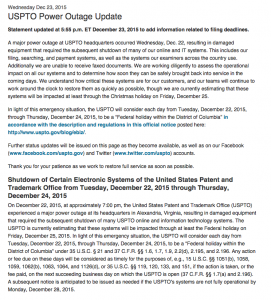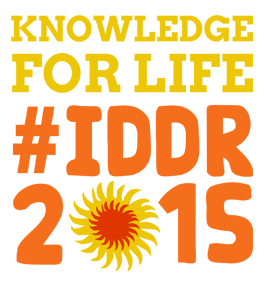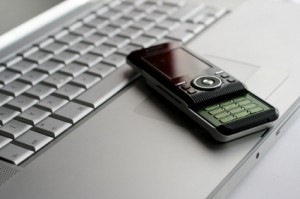By a stroke of luck, I have twice missed being on Amtrak trains between New York City and Washington DC that crashed near Philadelphia. Early today, a southbound train operating at high speed struck a backhoe on the track, killing two track workers and injuring more than thirty passengers. Last year, a train en route to New York derailed, killing eight people and causing injury to more than two hundred. The tragedy of these disasters is that they are entirely avoidable and appear to arise from human error. This should prompt inquiry into Amtrak’s operating practices.
I took away some lessons about disaster communications after hearing the account of a passenger on the train, Steve Forbes. He was scheduled to be at the Washington DC studio of CSPAN to appear on the “Book TV” program to discuss his latest book, Money: How the Destruction of the Dollar Threatens the Global Economy and What You Can Do About It. Fate intervened as Forbes was a passenger on Amtrak Train 89 southbound from New York. Fortunately, he was not injured and returned home to do a shorter interview with CSPAN by telephone. CSPAN then filled the air time with a taped recording of a talk Forbes had given about his book at Politics & Prose, an independent bookstore in Washington DC.
I had scheduled the DVR to record the CSPAN program as I am a huge Steve Forbes fan. The first time I met him was in the green room of Fox Business News when we were both guests on Alexis Glick’s show Money for Breakfast. Mr. Forbes was on an earlier segment of the program and when I met him I expressed regret that I had known he was scheduled to appear, I would have brought my copy of Power Ambition Glory: The Stunning Parallels Between Great Leaders of the Ancient World and Today…and the Lessons You Can Learn for him to sign. Ever the gentleman, Forbes surprised me by sending over an inscribed copy of the book later in the day.
Over the course of his call-in CSPAN interview, Forbes addressed the issue of the condition of American infrastructure, calling for more private-public partnerships, and remarked on the disparity between the condition of our freight trains (which are among the best in the world) and our commuter trains; the former being in good shape as private owners are motivated to invest in maintenance, the latter being in poor condition for poor public management. He also addressed the issue of disaster communications; the passengers on Train 89 knew that it was too hazardous to exit the train and step onto electrified rail, but more than twenty minutes passed before any Amtrak crew informed them of what had happened. Forbes himself was on his cell phone to the CSPAN producer to arrange to phone in his interview given that he was not going to arrive in Washington DC that day.
Forbes touched on the themes of his book which addresses how abandoning the Bretton Woods system, in which the U.S. dollar was pegged to gold, completely undermined money as a store of value. I look forward to when his in-studio interview at CSPAN is re-scheduled as I am eager to hear his analysis of how our monetary policy has undermined small business access to credit. Meanwhile, Forbes’ experience on Amtrak provides a compelling lesson on disaster communications. Employees need to be trained to provide timely information to customers when service is disrupted and kudos to Forbes for his calm response in what must have been a frustrating situation.







